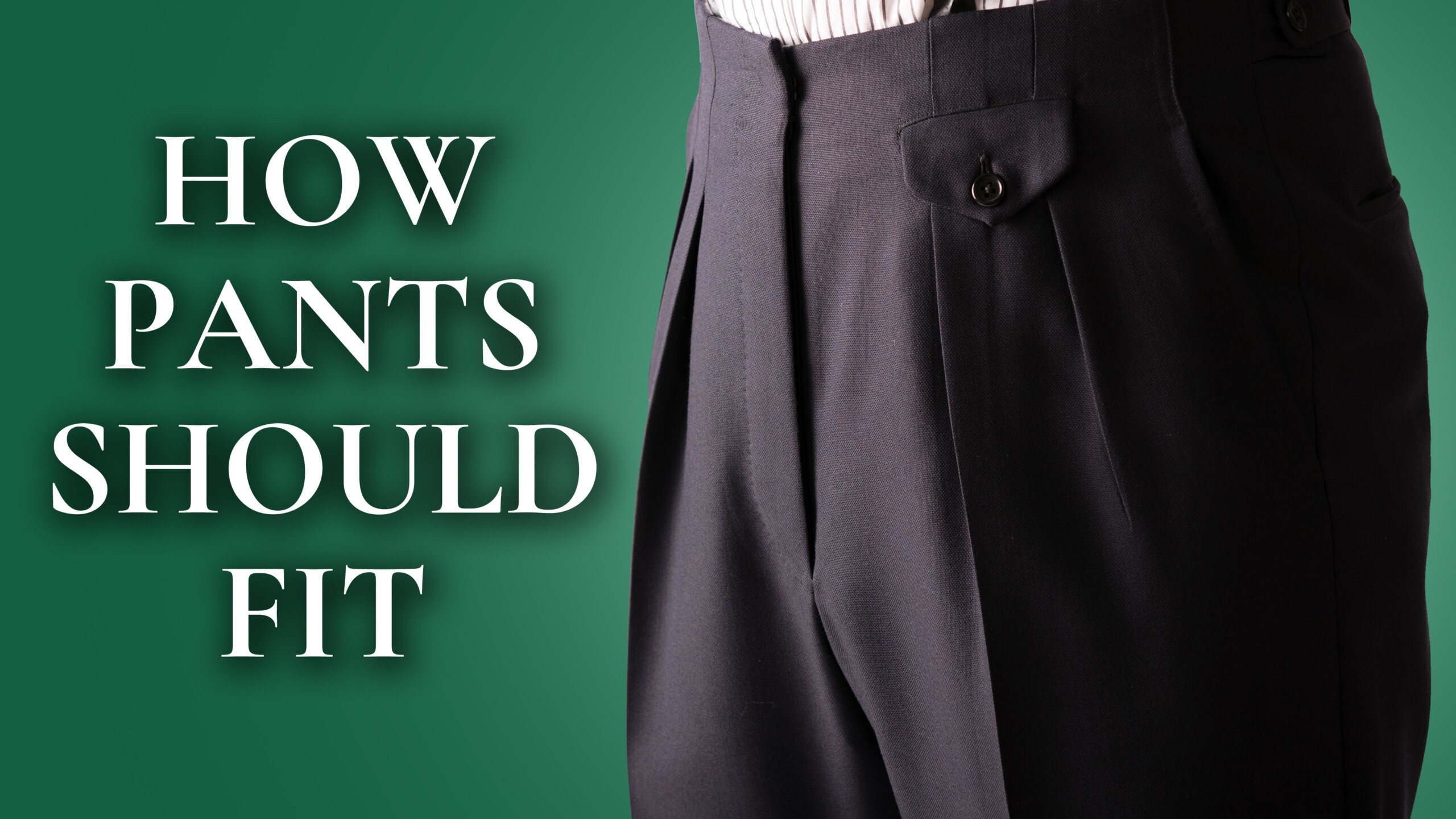When it comes to men’s pants, the choice of fabric can significantly impact comfort, style, and durability. Whether you’re dressing for a formal occasion or a casual day out, understanding the pros and cons of different fabric options is crucial. In this guide, you’ll explore the various fabric choices for mens pants, helping you make informed decisions for your wardrobe.
- Cotton: The Classic Comfort
Pros:
Cotton is a natural, breathable fabric that offers exceptional comfort, making it ideal for everyday wear. It’s soft against the skin and absorbs moisture, keeping you cool during hot weather.
Cotton pants come in various weights, from lightweight chinos to heavier denim, providing versatility for different seasons and occasions.
Cons:
While cotton is comfortable, it tends to wrinkle easily, so cotton pants may require more maintenance to keep them looking crisp and neat.
- Wool: Elegance with Warmth
Pros:
Wool pants are synonymous with sophistication. They offer a polished look and are often the choice for formal events. Wool is a natural insulator, providing warmth during colder months.
Wool trousers have a natural elasticity, which means they can retain their shape and resist wrinkles better than some other fabrics.
Cons:
Wool can be relatively expensive compared to other fabrics, and it may not be as comfortable in hot weather due to its insulating properties.
- Linen: Lightweight and Breathable
Pros:
Linen pants are perfect for summer. They are incredibly lightweight and highly ventilated, making them a superb option for regions with hot and humid weather.
Linen has a relaxed, casual appearance that works well for both beachside vacations and casual outings.
Cons:
Linen wrinkles easily and can look a bit disheveled, which is part of its relaxed charm but may not be suitable for more formal occasions.
- Polyester: Durability and Easy Care
Pros:
Polyester, a man-made fabric renowned for its long-lasting quality and resistance to wrinkles, making it low-maintenance and long-lasting.
Polyester pants are often budget-friendly and come in a variety of styles, from dress trousers to athleisure wear.
Cons:
While polyester is durable, it may not breathe as well as fibers derived from nature, potentially causing discomfort in hot weather. It also has a reputation for looking less luxurious than natural fabrics.
- Corduroy: Textured and Warm
Pros:
Corduroy is a cotton-based fabric with raised ridges, creating a unique texture. It provides warmth and is often associated with the autumn and winter seasons.
Corduroy pants offer a stylish and slightly rugged look, making them suitable for casual settings.
Cons:
The ridges in corduroy can collect lint and dust, requiring occasional maintenance. Corduroy pants may also feel heavy for some wearers.
- Denim: Rugged and Versatile
Pros:
Denim is renowned for its durability and versatility. It’s the go-to fabric for casual wear and can be dressed up or down, depending on the occasion.
Denim pants develop a unique patina over time, adding character and personalisation to your wardrobe.
Cons:
Denim can be stiff initially and may require a breaking-in period. It may not be the best choice for formal or business-casual events.
Conclusion:
In the world of men’s pants, fabric choice plays a pivotal role in comfort, style, and functionality. Whether you opt for the classic comfort of cotton, the elegance of wool, the breathability of linen, the durability of polyester, the textured warmth of corduroy, or the rugged versatility of denim, each fabric has its unique pros and cons.
Consider the occasion, climate, and your personal style preferences when selecting the right fabric for your pants. Ultimately, finding the perfect pair is about striking a balance between comfort, style, and practicality, ensuring you look and feel your best in any setting for mens pants. So, explore your options and build a versatile wardrobe that suits your lifestyle.


More Stories
How To Use Shop Vac As A Water Pump?
The Ultimate Guide to Dozer Hire: What You Need to Know
Finding Comfort in the Digital Age: Your Guide to Online Mattress Shopping